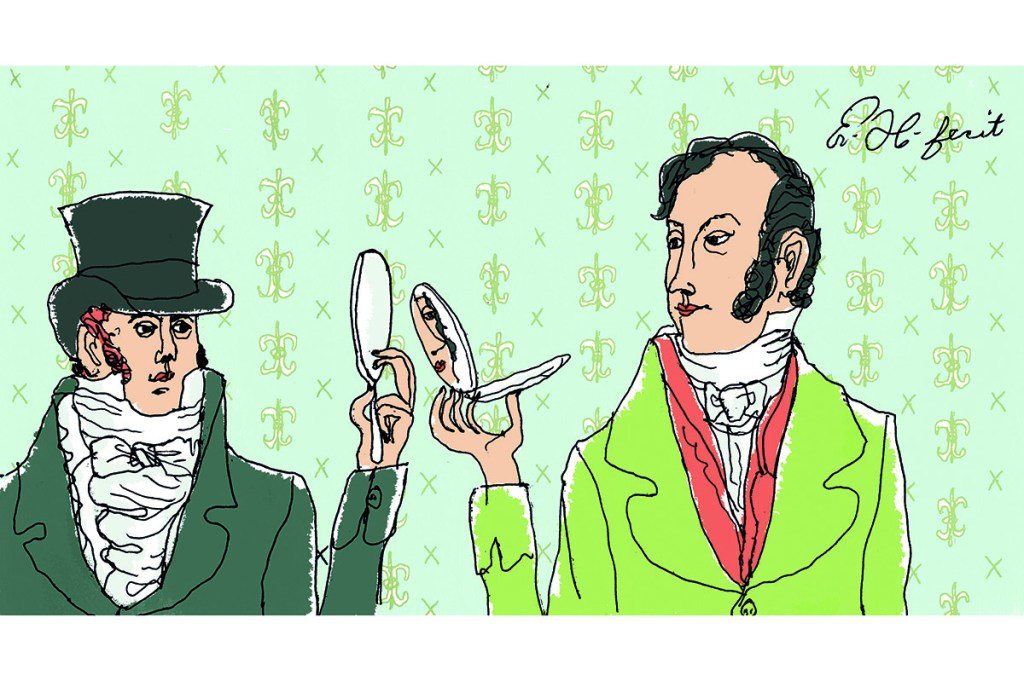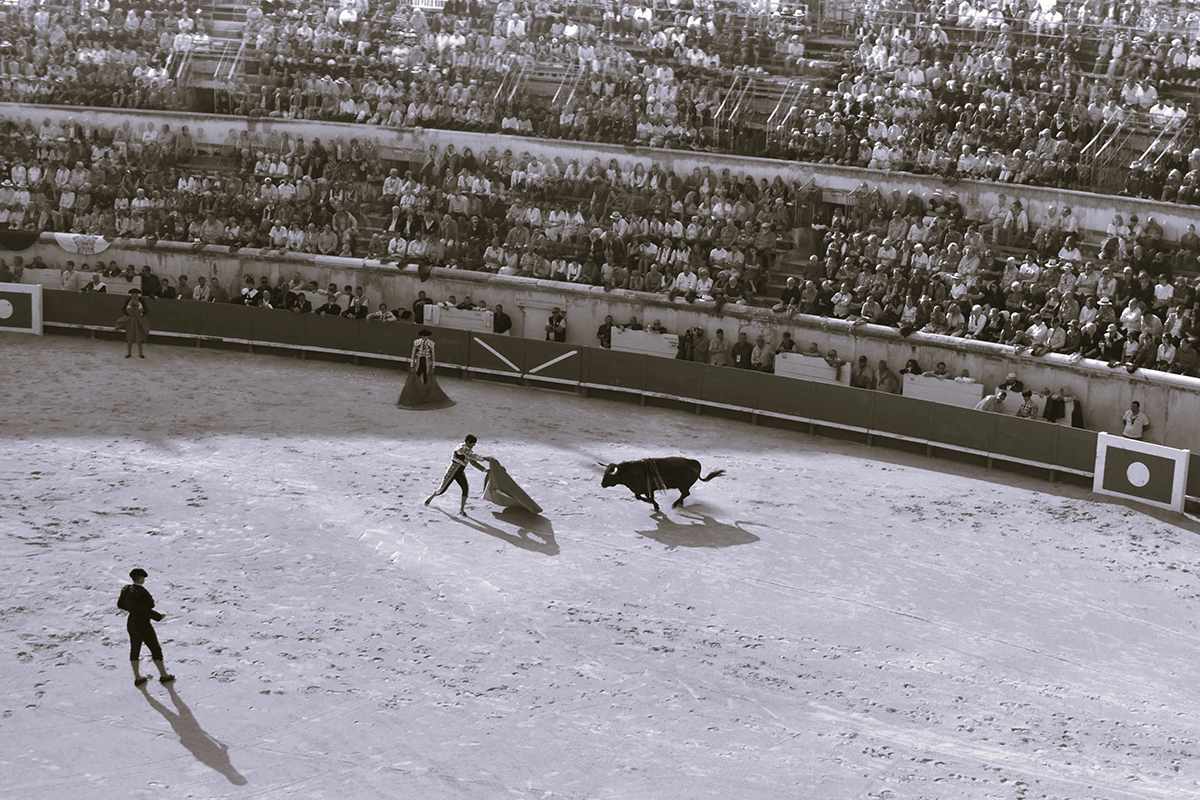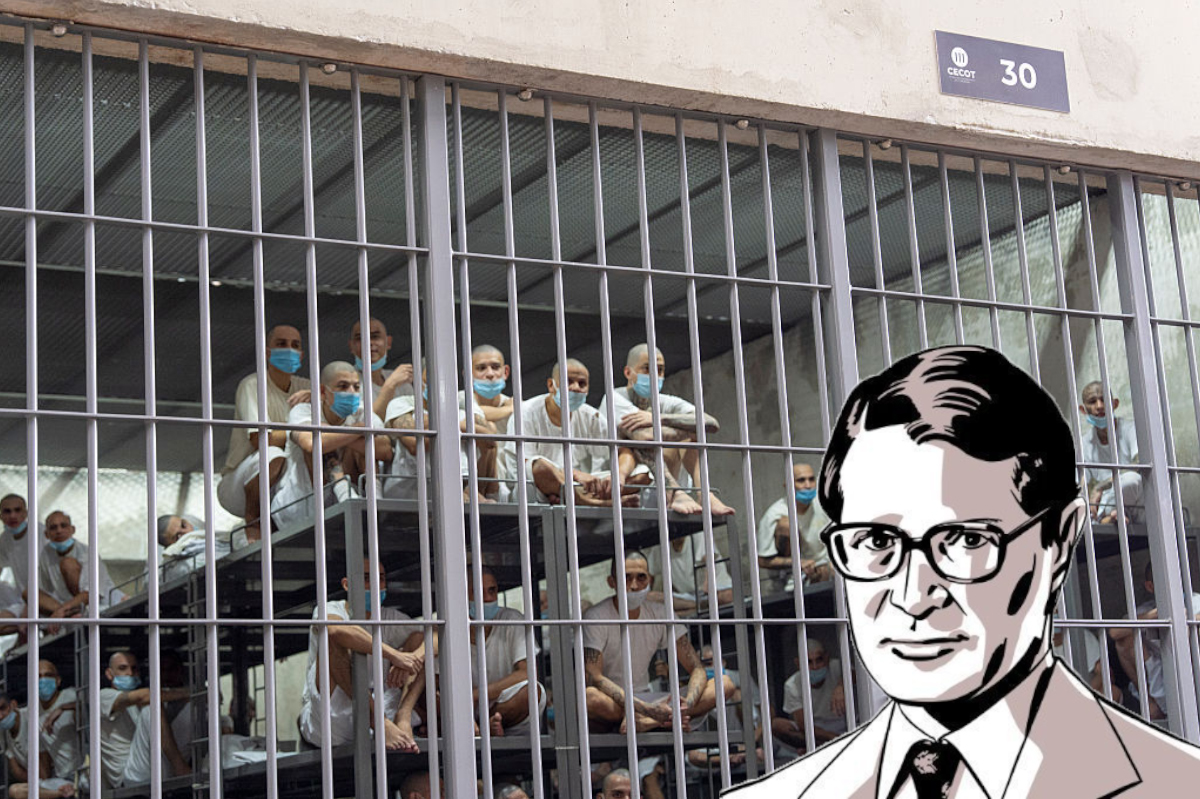In Ravelstein, Saul Bellow’s thinly disguised account of the final years of the University of Chicago professor Allan Bloom, the narrator Chick and his close friend Abe Ravelstein go on a shopping spree in Paris sometime in the 1990s. For all their highfalutin philosophical talk about Athens versus Jerusalem and the like, Bellow makes it clear that there is a Dionysian as well as Apollonian cast to the bond between Chick and Abe. After departing the Hôtel de Crillon, their first stop is Lanvin.
There, Abe is smitten by a beautiful flannel jacket retailing for $4,500. He buys it. “You see such jackets advertised in Vanity Fair and the other fashion slicks,” he says, “and they’re usually modeled by unshaven toughs with the look of rough trade or downright rapists who have nothing — but nothing — to do, other than being seen in all the glory of their dirty narcissism.” After visiting Sulka to inspect the custom-made shirts that Abe had previously ordered, the duo seek out the bespoke hat-maker Gelot in the Place Vendôme. Here, Chick finally breaks down and buys a nifty green corduroy fedora. This prompts Abe to comment, “I like the look of it on you. You can do with a little assertion.”
Sulka and Gelot are long gone, but in his marvelous elegy Swan Songs, Réginald-Jérôme de Mans vividly evokes a Parisian world of glittering elegance that Abe and Chick could take for granted. It would be difficult to think of a more discerning cicerone than de Mans. Part history and part reminiscence, his account burns with a hard, gemlike flame. As the pseudonymous blogger Vox Sartoria aptly puts it in his foreword, “This is not your typical ‘menswear’ book veneered in trite observations and generic photography, barely hiding complicity as exercises in commercial promotion.” Indeed, in an era when wool pants with drawstrings are coming on strong, the book offers a welcome opportunity to ponder the enduring romance of Old World craftsmanship.
As de Mans is at pains to note, the triumph of Beau Brummell, who was for many years the witty arbiter of men’s fashion in Regency England, amounted to a sartorial Waterloo for the French. This pioneering dandy and master of the bon mot overthrew ornate court dress, substituting a new dress code based on studied casualness. He elevated languor into the essence of style. The essayist William Hazlitt noted “Beau preserved the perfection of an attitude — like a piece of incomprehensible still-life — the whole of dinner-time. The ideal is everything, even in frivolity and folly.”
Gay Paree was not slow in recognizing that the British were coming. The Paris branch of London shirtmakers Washington Tremlett apparently invented the modern four-in-hand necktie at the close of the nineteenth century, for an American client to wear to the Opéra de Paris. In 1867, a Parisian retailer named Alexandre Henriquet opened a store called Old England, employing over a hundred tailors who supplied Gallic interpretations of British fashions. “That refraction, a claimed English correctness with the flair of French execution,” de Mans writes, “led Old England to success across the days of the French Third Republic and well through the first decades of the twentieth century.”
But by the end of that century, de Mans confesses, the escapism Old England sold had lost its game. Our author resorted to patronizing Napoleon III’s former tailor Henry Poole where a “wonderful, if somewhat distant, cutter” took his orders. “From a furtive look at this appointment list,” de Mans confides, “many exalted Frenchmen were receiving the same service.” Then there was Dunhill. Opening in Paris in 1924, it sold everything from silver-plated distance calculators to Art Deco lighters, one of which Pablo Picasso bought and engraved with an image of his inamorata Dora Maar. After trying to reopen at the beginning of this century, Dunhill folded its Paris operation.
If de Mans takes a careful look at the British institutions that sought to colonize French fashion, he is also attentive to legendary homeboys such as Charvet, Camps de Luca and Cifonelli, all of whom are still going strong. Charvet is described in reverential terms by de Mans: “To enter Charvet is to walk into a gently, almost worshipfully, lit ground floor that instantly envelopes you in vast, sheltered lushness.” Famed for its elegant ties and shirts, it conveys the impression that the visitor has stepped into a timeless world. But de Mans is no stuffed shirt. He recounts that upon his first foray into Charvet, he committed a common beginner’s mistake by treating his acquisition with solemnity and downright neuroticism. His patternmaker was not fazed, and remained “ebullient, patient and diplomatic, even when faced with my more ridiculous requests” about the exact nature of the collar, cuffs, placket and tails.
In meticulously chronicling the perpetual pursuit of perfection over the centuries, de Mans has produced his own sublime work of artistry.
This article was originally published in The Spectator’s January 2022 World edition.

























